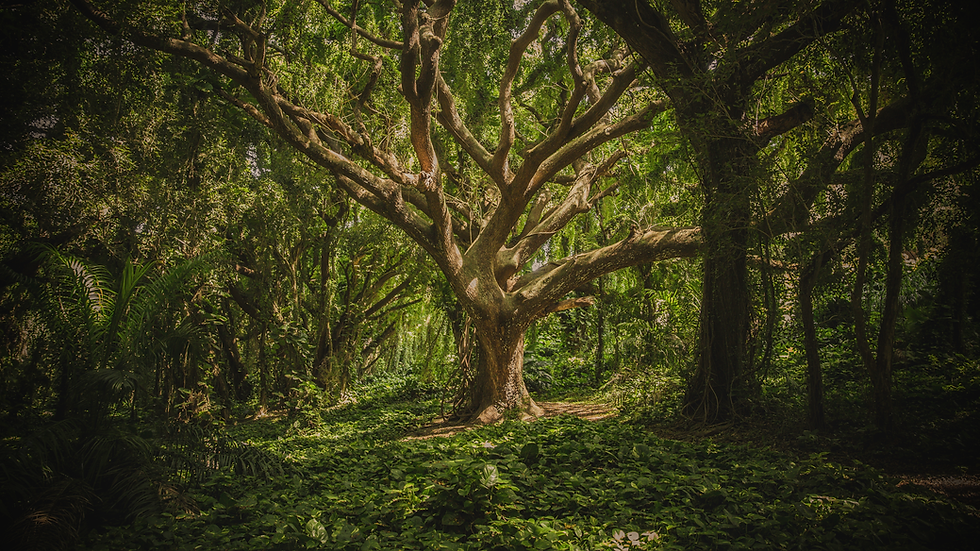Why Indigenous Trees Matter for Climate Action in Kenya
- Haggai Mwenesi
- Aug 15
- 2 min read

By Daniel | Roots for Our Future Blog
When most people think about climate action, they imagine electric cars, solar
panels, or massive international conferences. But here in Kenya, one of the most
powerful climate solutions grows quietly from the ground our indigenous trees.
These are the trees that belong here. They have grown in Kenyan soil for
generations, adapted to our weather, and supported our people and wildlife for
centuries. And right now, they are more important than ever.
Here’s why:
1. They Survive Where Others Struggle
Resilience to Drought
Indigenous trees are naturally adapted to Kenya’s climate. They can survive long dry
spells and need far less water than exotic species like eucalyptus or pine. This
means they thrive even in drought-prone regions without draining underground water
sources.
In a country already feeling the effects of climate change, that is a big deal.
2. They Protect and Heal the Soil
Soil Protection and Regeneration
With their deep root systems, indigenous trees help stop soil erosion. They anchor
the land, especially on hillsides and riverbanks, and bring nutrients back into tired
soils.
This makes them vital for restoring farmland, grazing land, and entire ecosystems in
areas battling desertification.
3. They Fight Climate Change from the Roots
Carbon Sequestration
Certain native trees, like the African Olive (Olea africana) and Croton (Croton
megalocarpus), absorb large amounts of carbon dioxide over their lifetime.
By planting and protecting these trees, we are pulling harmful greenhouse gases out
of the air one tree at a time.
4. They Bring Life Back to the Land
Preservation of Biodiversity
Indigenous trees are not just good for people they are essential for wildlife too. Birds,
insects, butterflies, and small mammals rely on these trees for food and shelter.
Exotic species can not replace that. A single native tree can support an entire micro-
ecosystem. That’s how we help nature bounce back.
5. They Help Manage Floods and Water
Flood Control and Water Table Recharge
When rain falls hard, indigenous trees slow down the water. Their roots reduce
surface runoff and allow water to soak into the ground, refilling underground aquifers.
This balance is critical in places where floods come one season and droughts the
next.
6. They Feed and Heal Communities
Food and Medicine Security
Trees like Moringa (Moringa oleifera), Baobab (Adansonia digitata), and Tamarind
(Tamarindus indica) are not only climate champions, they’re also sources of food and
traditional medicine.
They support families, provide nutrition, and hold generations of knowledge. Planting
them is an act of care for both people and the planet.
7. They Carry Our Culture
Cultural Heritage
Indigenous trees are more than carbon sinks or water managers. They are part of
who we are. They appear in our proverbs, ceremonies, and songs.
Restoring them means restoring part of our identity — and making climate change
personal, not just scientific.
Final Thoughts:
Climate change is not something we have to watch helplessly. We can do something
about it, starting with the trees that already know how to help.
Let us plant what belongs. Let us grow what heals. Let us root our future in what was
always meant to be here.
Daniel
14 years old. Tree planter. Believer in change.




Comments